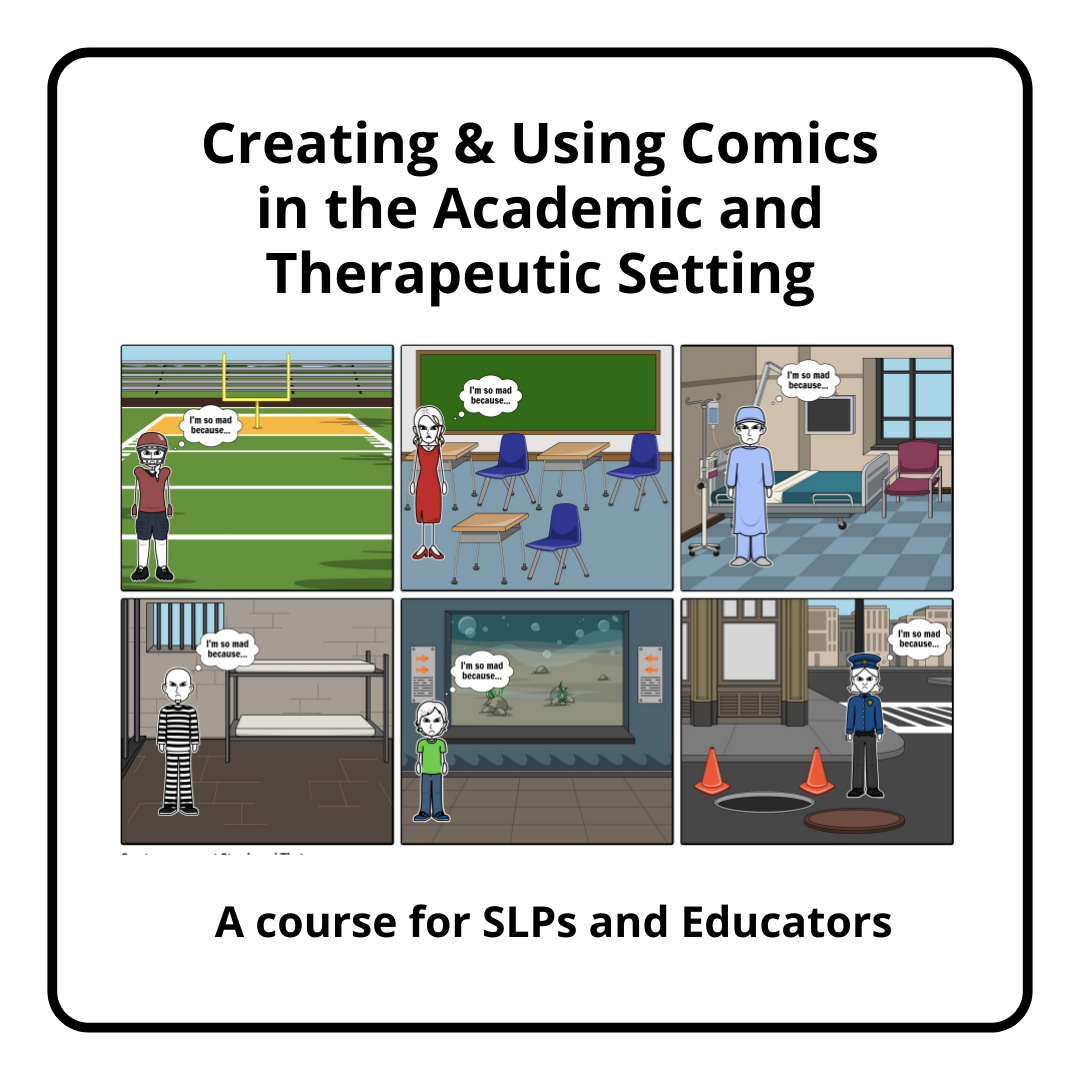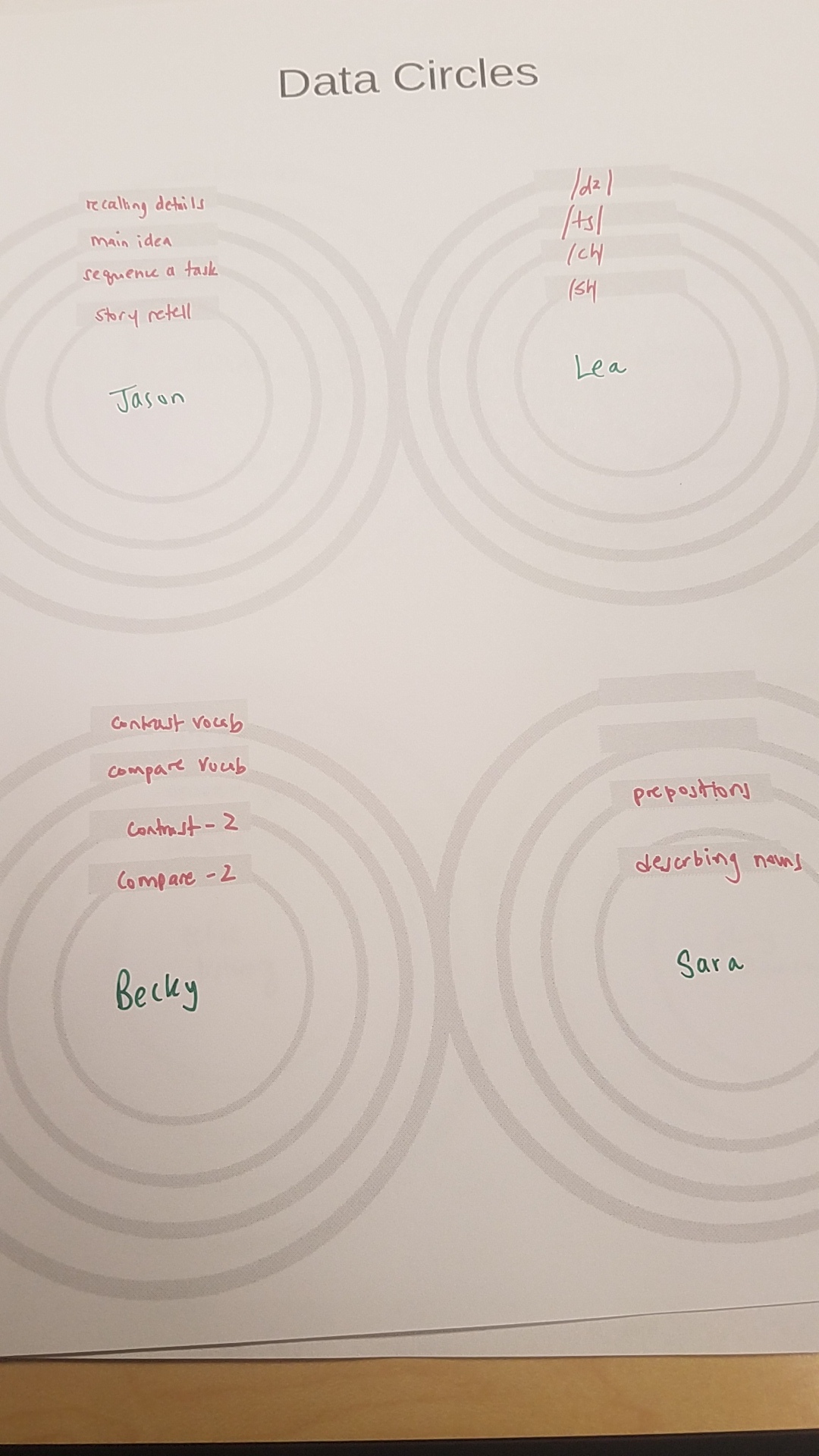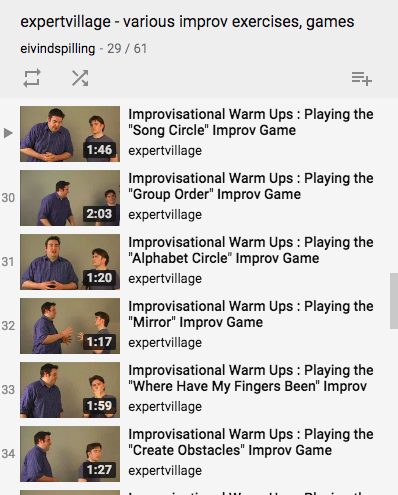by Jenna Zadaka (Basman)
Many therapists are starting to feel the back-to-work jitters as the start of school year approaches. On top of that, the feelings of anxiety and overwhelm are intensified due to the COVID-19 pandemic which has altered everyday life in many ways. Isolation during quarantine, grieving over a loved one, and the economic crisis have exacerbated our intense emotions and revealed a host of vulnerabilities. During this global climate of uncertainty, therapists are balancing many roles. We are serving our clients, caring for children who are out of school, and sharing close quarters with our spouse or other family members. Managing professional and personal responsibilities in a time of panic, fear, and the unknown, can seem daunting.

Here’s a compilation of suggestions for you that just take five minutes or less of your time, yet have the potency to transform your entire day. As an alternative to looking at the following
suggestions as “coping strategies”, let’s reframe our thinking to view them as “thriving
strategies”, because we do not want to just get by in our careers and life , but we want to shine
and thrive.
#1: BE INTENTIONAL
Our daily conditions, interactions, and exposure influence our reactivity. To some extent we can protect our emotional state and conserve our energy by monitoring the people and information that we are exposed to in the course of a day. So before reading a news article, scrolling on social media, or reading the news (again,) take a minute or less to check in and ask yourself, “Will this make me feel regretful, sad, and anxious, or will I be better off from this?” If a friend or colleague is calling, ask yourself, “Will talking to this person make me feel more depleted, or give me more energy and hope?” This intentionality and self-awareness will allow us to preserve our emotional energy and give to our students.
#2: LET GO
Many of us are the TYPE-A therapists. We love checking off our To Do Lists, color coding schedules, analyzing our data, and striving for our lives to be perfectly in order. We love being in control. The reality is, the amount of control we actually have is minuscule. Worrying about
the future, trying to control our client’s and colleagues, and needing to know constantly how the events of the world are playing out and affecting us, are only going to add to our stress and anxiety. Rather, let’s practice letting go. Give ourselves permission to not know, to be in the dark and sit with uncomfortable feelings without trying to control or change them. Breath out.. and allow your exhale to extract anything that is beyond your power. Anytime you feel like you are getting carried away with intense feelings, use the mantra, “I choose to focus on what I can control, and release what I cannot control.” Whether you release to a higher power, the universe, or just beyond you, is up to you. Post your mantra in your office, say it to yourself, sing it, whatever you need to do to remind yourself of this very important truth of life.

#3: PAUSE AND SOFTEN
Committing to a mindfulness practice helps ground you to the present moment and anchor you from getting carried away with worries and overwhelm. Whether it be practicing a breathing technique to re-center or engaging in a movement practice such as yoga, commit to incorporating moments of calm and centering throughout your day. This will allow you to activate your Parasympathetic Nervous System (PNS)- the digest and rest system that helps conserve the body’s energy and brings your body into Shabbat/rest mode. The PNS allows your body to stay healthier, calmer, and remain less susceptible to illness and disease. In appropriate intervals, take five minutes for this three step process: First, ask yourself, “Is my breath shallow?” Next, deepen the breath, focusing on lengthening the exhale. Finally, find the tension in your body, whether it be crunched shoulders, gripping in the fingers, butterflies in the belly, etc., and soften. Give yourself constant reminders to soften. If you’re working at a computer, plant both feet on the floor, sink into the chair, and ground into your space. Roll the shoulders back, lengthen the spine, melt the furrow between your eyes. If you are feeling anxious during the day, perhaps place your hand on your heart, stomach, or any place that your body needs some extra love and awareness, and breathe into that part of the body.
#4: VISUALIZATION
Therapists may benefit from using a visualization practice. For an example, before meeting with a client, visualize yourself as your highest self, as the best therapist you can be: calm, centered, empathetic, skilled, receptive, etc. What does your best-therapist-self look like, feel like, sound like? A few moments to five minutes of mindfulness before meeting your client can transform your session from mediocre to great. Others may prefer a calming visualization, such as gazing at a candle or flower, or closing your eyes and picturing an ocean in your mind’s eye. The power of visualization can transform our day in a matter of minutes.
#5: HARNESS THE POWER OF 5 MINUTES
While moving through the work day, it is easy to roll from task to task without stopping. When you find yourself between meetings, clients, or duties, instead of resorting right to a habit such as checking emails, scrolling, or reading headings, use those precious 5 minutes as REPLENISHING and REJUVENATION periods. Those 5 minutes can end up giving you a burst of energy that will allow you to thrive in your day. When feeling a storm of overwhelm, perhaps set yourself up in restorative pose, such as a wide-legged child’s pose with your forehead pressed to the ground, or place your hands at heart center and circle the breath in and around the heart. When you need energy, enter into a forward fold, generously bending the knees and dipping the crown of the head towards the ground and deepening your breath. Especially for therapists that are working from home, use the new work circumstance as an added bonus to take 5-minute yoga breaks near the computer and you will come out of each posture feeling energized and prepared for the next task!
At the end of the work day, rather than thinking about how much you didn’t accomplish or still need to do – give yourself a 5-minute praise! Share your moments of celebration and accomplishments, whether it be writing them down, telling a friend, or simply saying it aloud to yourself. It’s easy to notice all of the things you are doing wrong or have not yet accomplished, but instead, give yourself a burst of kindness by noticing all of the things you are doing right! By using those 5 minutes to value and celebrate ourselves, we will be more empowered and refreshed.
#6: Meditation Apps to help guide you:
Calm: Daily Meditations, body scans, and sleep stories
Thank you Jenna for this powerful information!
More about the author: Jenna Zadaka (Basman) is a Speech-Language Pathologist at Minneapolis Public Schools and works as an Aphasia communication group facilitator at MnCAN. She is a certified yoga instructor and teachers yoga, mindfulness, and Jewish mysticism to her community and beyond. She lives with her husband and two small children. See her website and contact her at breathandsoul.net.







 3. Start with Familiar activities
3. Start with Familiar activities 4. Have clients use household items in sessions
4. Have clients use household items in sessions 5. Be the Brightness in their day
5. Be the Brightness in their day








